‘Mastry’, Kerry James Marshall’s aptly-titled retrospective at the Museum of Contemporary Art in Los Angeles (which has travelled from New York’s Met Breuer), provides an in-depth survey of the American artist’s work from the 1980s to the present day. Throughout his career, Marshall has consistently sought to correct the under-representation of people of colour in Western culture by creating his own depictions of black figures (both historical and fictional) using the art-historical genres of history painting, portraiture and landscape.
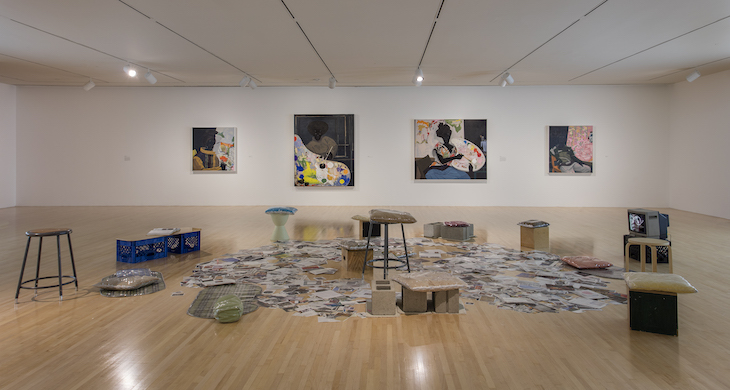
Installation view of ‘Kerry James Marshall: Mastry’ at the Museum of Contemporary Art, Los Angeles. Photo: Brian Forrest
This is an exhibition that demands close attention; its nine spaces are densely hung and Marshall’s works are impressively detailed, considering their epic scale. The show mostly consists of paintings, though there are a couple of installations like Art of Hanging Pictures (2002), a salon-style wall of photographs and ink-jet prints, and Baobab Ensemble (2003), a loosely arranged seating area, the floor of which is strewn with hundreds of photographs and books. Described as the artist’s own personal archive, this provides an insight into how Marshall sees popular culture: an aspirational world in which the revered are always white.
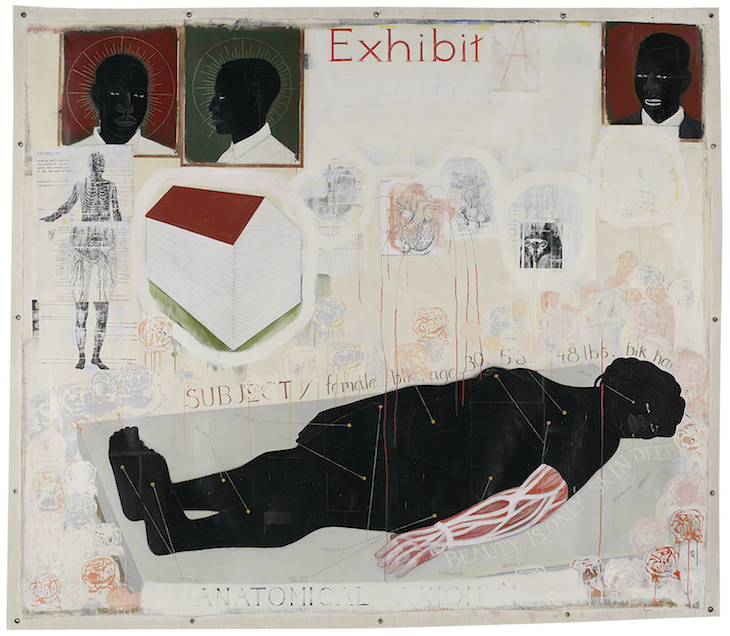
Beauty Examined (1993), Kerry James Marshall. Private collection. Photo: Matthew Fried; © MCA Chicago
Roughly chronological, ‘Mastry’ provides a pleasing arc for the viewer seeking to understand how Marshall’s skills and subjects have evolved. The figures in the early paintings like Invisible Man (1986) seem flat and almost cartoonish. Taking its title from the celebrated 1952 novel by Ralph Ellison, in which the black protagonist feels overlooked and ignored by society, Marshall interprets the title literally, blending his dark-skinned subject into a jet-black background. The artist really hit his stride in the 1990s, however, expanding to larger sized works, more sophisticated subjects and a baroque embrace of colour and texture. In Beauty Examined (1993) a woman’s corpse lies on an examination table, outlined by terse descriptions of such vital statistics as age, weight and colour. An incisive exploration of gender as well as race, here Marshall shows that it is not just the black bodies, but women in particular that are subject to scrutiny, measurement and judgement.
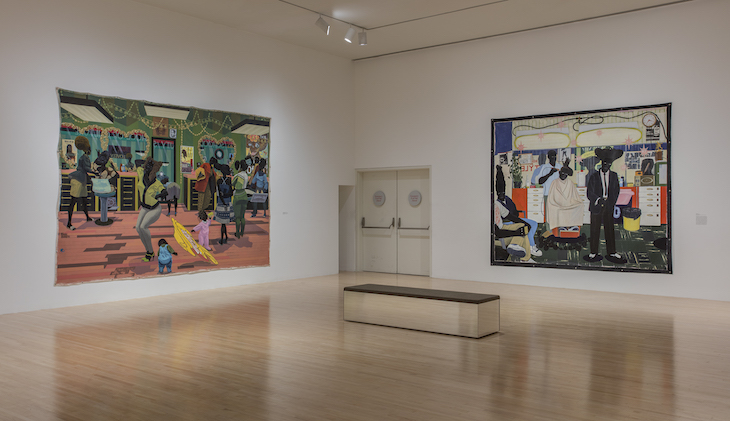
Installation view of ‘Kerry James Marshall: Mastry’ at the Museum of Contemporary Art, Los Angeles. Photo: Brian Forrest
An interesting comparison is set up by the juxtaposition of the barbershop in De Style (1993), and School of Beauty, School of Culture (2012). These works, although made 20 years apart, depict similar subjects and illustrate how far Marshall’s style has developed. The earlier painting appears relatively dark and flat in comparison to the vivid and light-drenched scene in the beauty salon. The protagonists’ features and bodies have become more animated and life-like, the setting has greater depth and Marshall’s facility with colour is remarkable, with extravagant highlights of gold throughout. The later work also features a witty art-historical reference: an anamorphosis in the foreground. This trick, in which an image is only legible from a single perspective, can be seen in classical paintings, such as William Scrots’ 1546 portrait of King Edward VI. With their subjects’ elaborate outfits and glorious hairstyles, both of Marshall’s paintings are celebratory depictions of the black community, irrespective of their stylistic differences.
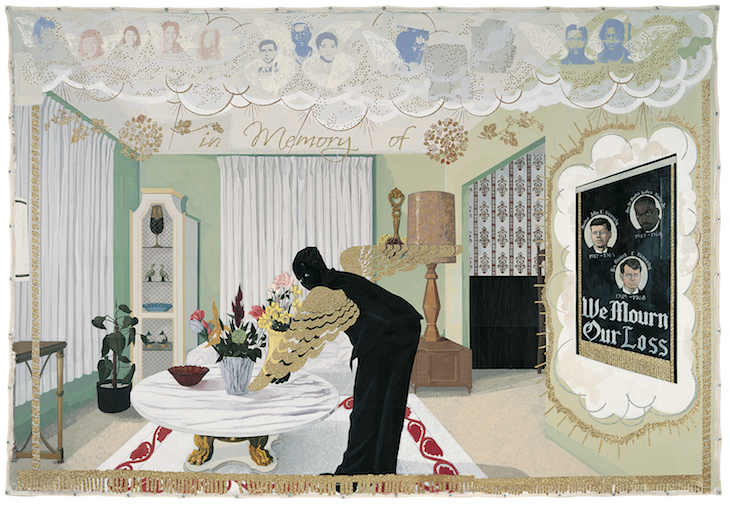
Souvenir 1 (1997), Kerry James Marshall. Museum of Contemporary Art Chicago. Photo: Joe Ziolkowski; © MCA Chicago
Many of the works engage more overtly with the troubled history of race relations in America. Assassinated heroes of the civil rights movement, such as Reverend Dr Martin Luther King, are venerated in Souvenir 1 (1997). In Heirlooms and Accessories (2002) Marshall isolates three white women who attended a 1930 lynching in Indiana within the frame of a locket, in effect producing a memento imploring the viewer not to forget such horrendous – and relatively recent – chapters in the nation’s history. Marshall’s vision for social justice reaches its apotheosis in the central gallery, where seven paintings present idealised versions of public housing projects. In Our Town (1995), for instance, happy children can be seen playing by lush lawns and tidy gardens, surrounded by dignified white houses with blue shutters – a world away from the deprivation and ghettoization of much American social housing.
Overall, despite the traumatic nature of much black experience in his country, Marshall tends to focus on positive portrayals. This runs counter to the recent proliferation in the media of disturbing images documenting police violence against black bodies, which are thought to have a triggering effect on their viewers. Many of his works depict subjects rarely encountered in mainstream culture; countless tender paintings of everyday life and love in the black community appear in ‘Mastry’, like Untitled (Club Couple) (2014) or Could This Be Love (1992).
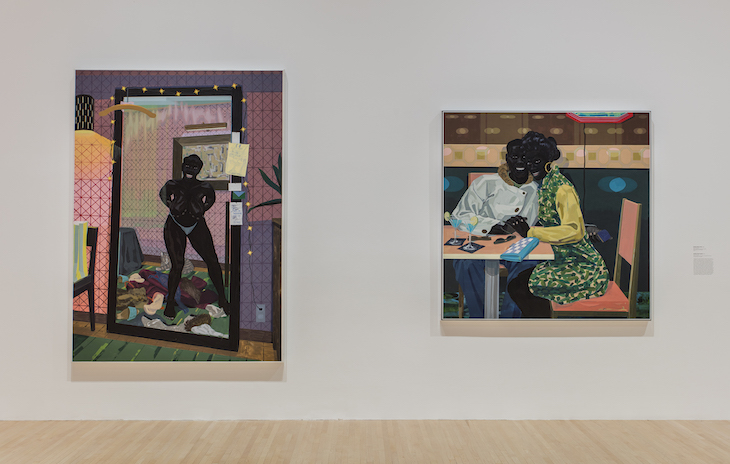
Installation view of ‘Kerry James Marshall: Mastry’ at the Museum of Contemporary Art, Los Angeles. Photo: Brian Forrest
In the final gallery, Marshall reminds viewers that black subjects such as his are seldom encountered in the museum. Untitled (2009) shows a woman sitting before a self-portrait and pointing to a white daub of paint on her oversized palette, as if to emphasise the lack of black tones required to complete her work. The figure’s hair has already begun to be coloured in red. To add insult to injury, the self-portrait is broken down into numbered zones like a child’s paint-by-numbers picture, implying that it should be easy for people of colour to be represented in art history. Like most of Marshall’s subjects, she looks directly back at the viewer and, in doing so, is transformed from the object of our gaze into a fellow spectator.
‘Kerry James Marshall: Mastry’ is at the Museum of Contemporary Art, Los Angeles until 3 July.
Unlimited access from just $16 every 3 months
Subscribe to get unlimited and exclusive access to the top art stories, interviews and exhibition reviews.

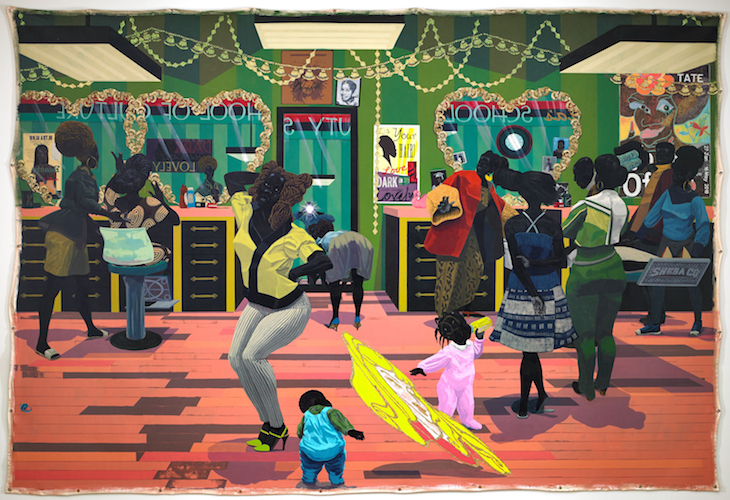

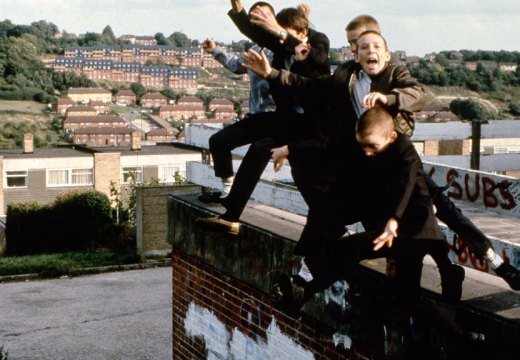
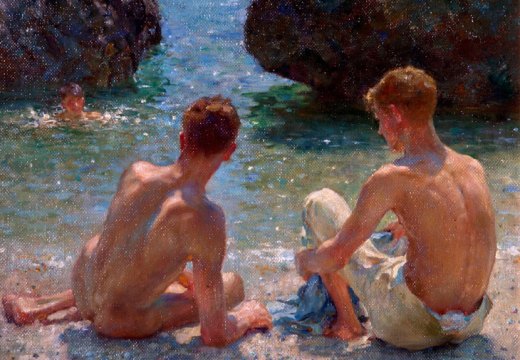









![Masterpiece [Re]discovery 2022. Photo: Ben Fisher Photography, courtesy of Masterpiece London](http://www.apollo-magazine.com/wp-content/uploads/2022/07/MPL2022_4263.jpg)
It’s time for the government of London to return to its rightful home